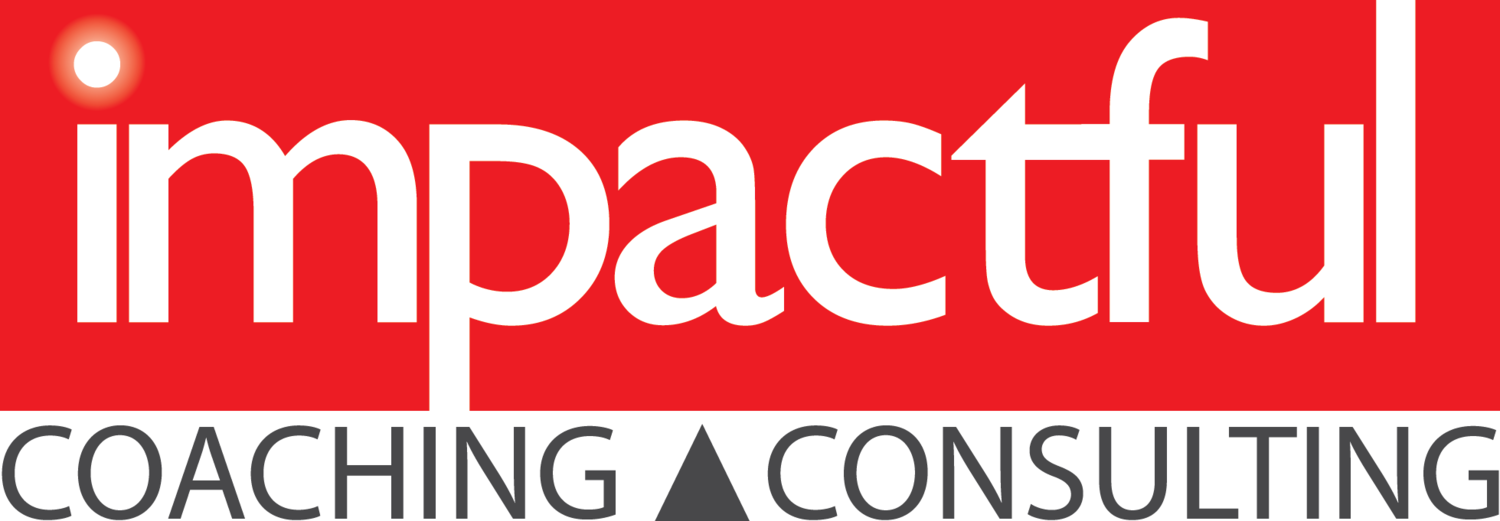Orthodontics: Straighter Teeth and Straighter Thinking
My son has nearly concluded his one and one half year experience with his orthodontist. The goals from the outset were to tighten the configuration of his teeth while adjusting an irregular bite. The process was long and arduous at times, necessitating all sorts of metallic contraptions and rubber band accomplices to direct his mouth to a new, better arrangement. And we are almost there!
Admittedly, I have been minimally involved in the process (other than for paying the small fortune that it costs to achieve these goals). However, today I did take my son to what we hope will amount to his second-to-last appointment. While we were at the office, I began to reflect upon some of the many lessons that we can glean from this unique process.
Orthodontics requires a long-term commitment, with continuous care and a boatload of patience. There are no shortcuts; the process depends almost exclusively on setting a new direction for the teeth’s growth and positioning and allowing them to fall into that framework. If a person were to sever ties early, he would lose whatever gains have been made. Moreover, because of the way that most orthodontists structure their pay schedules, a new engagement would mean a whole new set of bills, above and beyond what he already committed to. Ouch.
Orthodontics also shines the light on the value of imperceptible change. In today’s fast paced society, we have become increasingly more impatient. We expect our food to be prepared fast, our browser to surf the entire internet in nanoseconds and rapid remedies for our maladies. When we expect change, such as with an individual or an organization, we often do not offer the time to allow for a meaningful process, and seek quick, tangible evidence that change is being effectualized. While we are sometimes justified in demanding quick results, we must keep in mind that more often than not, the most important changes take time, often lots of time, and cannot be perceived and measured without taking a “before and after” approach to assessing growth.
When we do embrace change, we should consider the orthodontist’s approach: tighten first and loosen as appropriate. Too often, we think of great ideas or embrace new programs, but fail to hold on long enough for them to take hold and become part of our new M.O. If we are convinced of the cause’s veracity, we need to hold on tight until the time comes to loosen up. At that point, we can better hope that a lesser degree of maintenance will be all that it takes to sustain our initial efforts.
With so much left to think about, I guess I should volunteer to take the kids to their doctor appointments more often.
